
Alone in the Dark: The New Nightmare is a survival horror video game and the fourth installment and first reboot of the video game series Alone in the Dark, developed by Darkworks and published by Infogrames Entertainment, SA. The game was released in 2001 on several platforms including Microsoft Windows, PlayStation, Dreamcast, and Game Boy Color. A PlayStation 2 version of the game was also released several months after and only in Europe. The prequel comic Alone in the Dark: Life Is a Hideous Thing was published in France by Semic comics in 2001 and was released in English in September 2002.
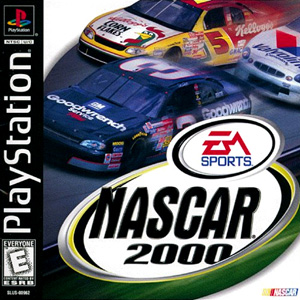
NASCAR 2000 is a racing simulator video game developed by Stormfront Studios and published by EA Sports.

Vigilante 8 is a vehicular combat video game developed by Luxoflux and published by Activision for PlayStation, Nintendo 64 and Game Boy Color. Although officially it has no connection to the Interstate '76 series, it features several of its themes.

Warriors of Might and Magic is an action role-playing game developed and released by The 3DO Company for the PlayStation and Game Boy Color in 2000, and for PlayStation 2 in 2001. The three versions, although they all follow a similar storyline, are unique, especially the GBC version which is presented in 2D instead of 3D and has an almost completely different story. Each version of the game centers around the protagonist Alleron, who is wrongfully accused of committing necromancy by the Grand Inquisitor, and is exiled as a result. He is forced to wear the Mask of the Accused as a punishment for his crimes, which acts as a magnet to monsters. It is difficult to determine when the events of Warriors of Might take place in the Might and Magic timeline. However, it's speculated that it takes place in between Heroes of Might and Magic III and Heroes of Might and Magic IV.
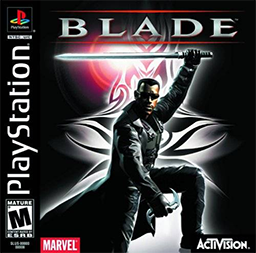
Blade is an action game based on the 1998 film Blade. It was developed by HammerHead for the PlayStation in 2000, and by HAL Laboratory and Avit Inc. for the Game Boy Color. The game was published by Activision and serves as a prequel to the movie, following the adventure of Blade with help of his mentor and friend Abraham Whistler. Reviews were mixed, with criticism of the graphics, camera, controls, and voice acting.

Ultimate Fighting Championship is the first video game based on the Ultimate Fighting Championship mixed martial arts promotion. It was first developed by Anchor Inc. for the Sega Dreamcast on August 29, 2000, then by Opus for the Sony PlayStation on November 13 the same year, and finally by Fluid Studios for the Game Boy Color on November 27 the same year. All three versions of the game were published by Crave Entertainment in North America, while Ubi Soft published the three versions in Europe and Capcom publishing the PlayStation and Dreamcast versions in Japan.

International Track & Field 2000 is a track and field game for PlayStation in 1999 and Nintendo 64 in 2000. It was released in Europe under the name International Track & Field: Summer Games on the Nintendo 64 and Game Boy Color, and in Japan as Ganbare! Nippon! Olympics 2000, where it was licensed by the Japanese Olympic Committee. Versions were also released for the Sega Dreamcast, PlayStation 2, and Game Boy Color as ESPN International Track & Field in North America. Maurice Greene (sprinter), a former men's WR holder in the 100M dash, is the cover athlete.

Magical Tetris Challenge is a puzzle game by Capcom for the Nintendo 64, Game Boy Color, and PlayStation. It is a version of Tetris featuring Disney characters. It is one of the few Nintendo 64 games to be entirely in 2D.

Polaris SnoCross is a snocross snowmobile racing game for Game Boy Color, PlayStation, Nintendo 64, and later Microsoft Windows. It was released in 2000. French publisher Wanadoo Edition released a budget version of the game for the PC in 2001, called SnowCross.
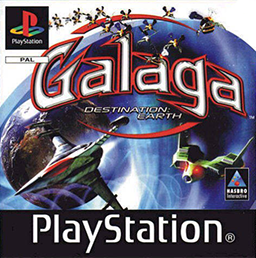
Galaga: Destination Earth, known in the Game Boy Color version as Galaga, is a 2000 3D video game, an update to the popular Golden Age arcade game, Galaga. It was developed by King of the Jungle and published by Hasbro Interactive and Majesco Entertainment for Microsoft Windows, PlayStation, and Game Boy Color.

NBA Hoopz is a 2001 basketball video game published by Midway Home Entertainment. It is the sequel to NBA Hangtime and NBA Showtime: NBA on NBC. Hoopz was the only 3-on-3, arcade-style basketball video game available during the 2000–01 NBA season. Shaquille O'Neal is featured on the game cover.

NASCAR Heat is a 2000 racing video game for the PlayStation, Microsoft Windows and Game Boy Color. It was developed by Monster Games and published by Hasbro Interactive. The PlayStation version was co-developed with Digital Illusions CE.

Gex: Enter the Gecko is a platform game and the second installment of the Gex video game series, released in 1998 and 1999 for the PlayStation, Nintendo 64, Microsoft Windows, and Game Boy Color. Its protagonist, Gex, a TV-binging, wisecracking gecko, is voiced by Dana Gould in the North American version, Leslie Phillips in the European release, and Mitsuo Senda in the Japanese release. Gex seeks to collect three types of remotes to unlock different TVs in the overworld that aid in the fight against his arch-nemesis, Rez.
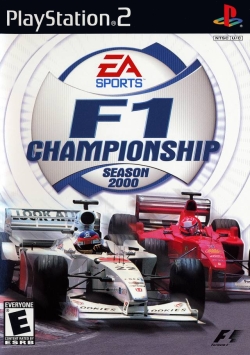
F1 Championship Season 2000 is a racing video game based on the 2000 Formula One season, and was released by EA Sports for PlayStation, Microsoft Windows, PlayStation 2 and Game Boy Color.

Toy Story Racer is a 2001 kart racing game developed by Traveller's Tales and Tiertex Design Studios and published by Activision. It was based on the Toy Story franchise, primarily the first film. The game was released in March 2001 for the Game Boy Color and PlayStation systems. The PlayStation version received "generally favorable reviews" according to Metacritic. In 2010, the PlayStation version was re-released on the PlayStation Store as a PS one Classic.

The Mummy, known in Japan as Hamunaptra: Ushinawareta Sabaku no Miyako, is a single-player video game for Game Boy Color, PlayStation and Microsoft Windows, based on the 1999 movie of the same name. It was published by Konami.
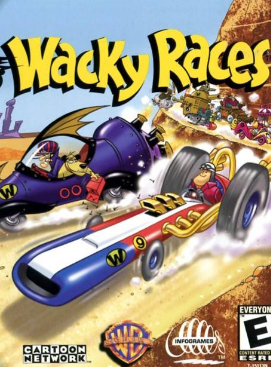
Wacky Races is a racing video game developed by Appaloosa Interactive for PC and PlayStation and by Velez & Dubail for the Game Boy Color. It was published by Infogrames in 2000. An enhanced version of the game, called Wacky Races: Starring Dastardly and Muttley, was released for Dreamcast and PlayStation 2 in the same year.
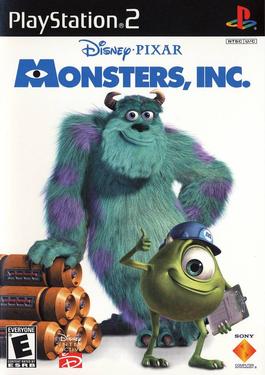
Monsters, Inc. is a 2001 platform game based on the 2001 film of the same name released for Game Boy Color, Game Boy Advance, and PlayStation 2. The Game Boy Color and Game Boy Advance versions of the game were released in October 26, 2001 in North America and in February 1, 2002 in Europe. The PlayStation 2 version was only released in North America in March 20, 2002. The Game Boy Advance version was also released on a Twin Pack cartridge bundled with Finding Nemo in 2005.

Mr. Driller is a 1999 puzzle arcade game developed and published by Namco. Versions for the PlayStation, Dreamcast, Microsoft Windows, Game Boy Color, WonderSwan Color, mobile phones, and iOS were also released. Controlling Susumu Hori, the titular "Mr. Driller", the player must dig their way to the bottom of the screen by destroying colored blocks that litter the playfield. Blocks will be cleared if four or more are touching each other, which can be used to cause chain reactions. Susumu has a constantly-depleting oxygen meter that can be refilled by collecting air capsules found throughout stages.
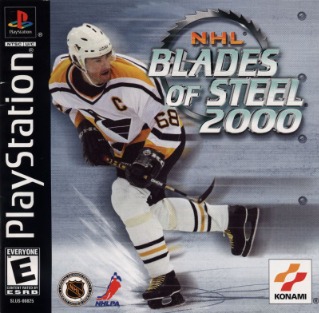
NHL Blades of Steel 2000 is a hockey video game published by Konami for PlayStation and Game Boy Color in 2000. A Nintendo 64 version had been planned, but was later cancelled. NHL Blades of Steel 2000 is the third and last game in the Blades of Steel series following Blades of Steel for the NES and NHL Blades of Steel '99 for the Nintendo 64.




















